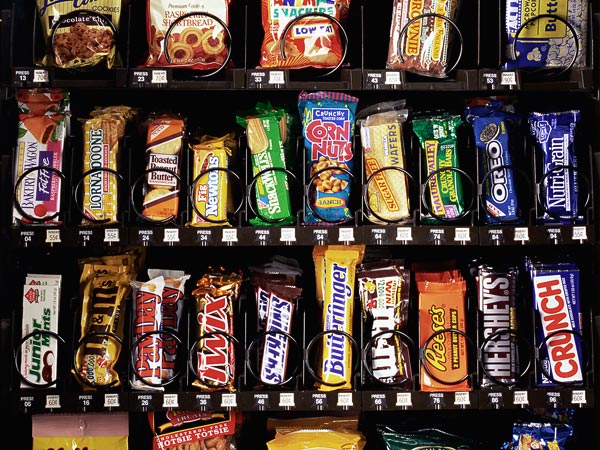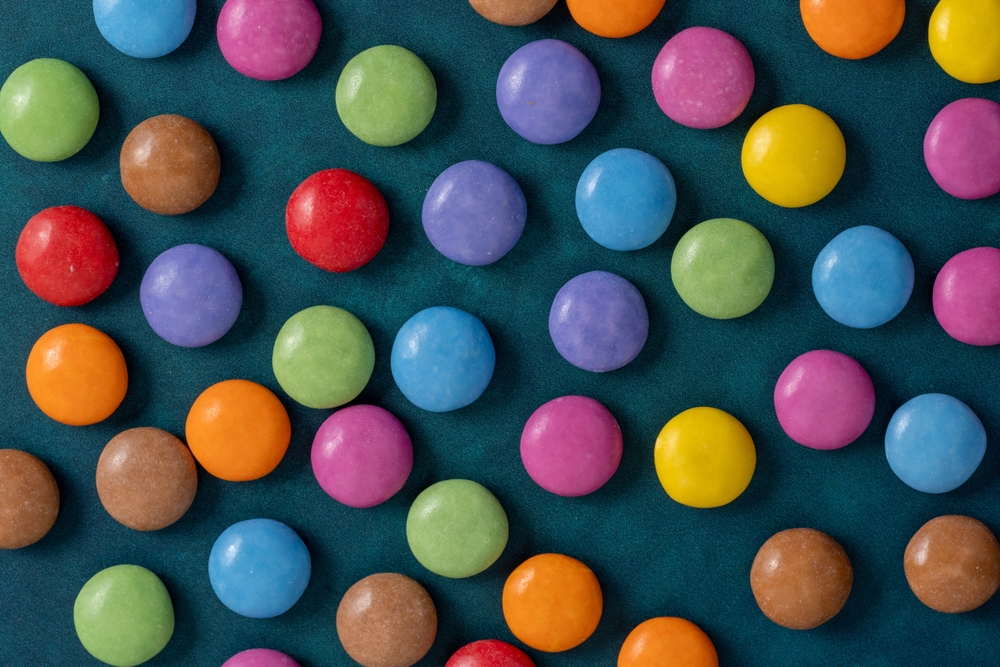Help us clean up our nation’s food supply. Action Alert!
THE TOPLINE
- Processed foods containing high fructose corn syrup (HFCS) and synthetic food dyes, like Red No. 40, are linked to various health issues, including obesity, diabetes, heart disease, and behavioral problems in children.
- Congresswoman Anna Paulina Luna has proposed legislation to ban these harmful ingredients, aiming to address the root cause of many chronic diseases.
- The FDA relies on industry studies to ‘evaluate’ and confirm safety, but independent research suggests significant risks, highlighting the importance and need for independent studies as well as the removal of regulatory loopholes to ensure the public’s health is prioritized over industry profits.
Our nation is plagued by an epidemic of preventable, chronic illnesses, and it’s time to stop pretending that drugs and potions made by Big Pharma can take us out of this tailspin. We need to address the root causes of the problem, one of which is the integrity of our food supply. Huge corporations are packing our food full of unhealthy ingredients that are making us sick, like high fructose corn syrup (HFCS) and synthetic food dyes. Representative Anna Paulina Luna (R-FL) has introduced legislation to ban these ingredients. This is an important step in addressing the real cause of the chronic disease epidemic that is destroying too many lives.
The evidence to support a ban of these ingredients is overwhelming. HFCS is in nearly every low nutritional value processed food and sweetened beverage. Americans consume about 150 pounds of sugars per person per year, thirty-nine pounds of which is in the form of HFCS. The list of negative health effects associated with HFCS consumption is staggering:
- Some HFCS brands contain mercury, a dangerous neurotoxin that is dangerous at any level.
- It can make you eat more by suppressing the feeling of fullness, leading to weight gain.
- HFCS goes straight to your liver, where it can cause fatty liver, obesity, and diabetes.
- HFCS can cause heart disease, even in children.
- It can raise blood pressure, according to the American Society of Nephrology.
- Studies suggest HFCS directly causes obesity.
- HCFS consumption has been linked with dementia.

The prevalence of HFCS in our diet is aided by federal policies, like the massive agricultural subsidies given to Big Ag to grow corn, over 92% of which is genetically modified, much of this being heavily sprayed with glyphosate, classified as a probable carcinogen by the WHO’s International Agency for Research on Cancer in 2015. Because of subsidies, the cost of soft drinks containing HFCS has decreased by 24 percent since 1985.
We’ve noted elsewhere how the government is going in the wrong direction with regard to added sugars. Dietary recommendations from the USDA say that it’s OK to get 10% of your calories from added sugar, not distinguishing whether this is HFCS, refined sugar from cane or beet, or crude sugars such raw cane sugar or molasses. In fact, why recommend any added sugar at all when there are plenty of naturally sweetened fruits and other foods out there?
The prevalence of synthetic food dyes in our food is also a big concern. These ingredients were originally derived from coal tar, but now come from petroleum. Companies prefer them because they are cheaper, more stable, and brighter than natural food colorings. The FDA promises these dyes are safe, but independent research has suggested otherwise.
- A population-based study in England concluded that food additives contribute to hyperactivity, which prompted the European Union to require warning labels on foods containing certain food dyes. This has led the European food industry to move on from these dyes voluntarily.
- A 2021 report from the state of California found that children who consume synthetic food dyes, including red dye 40, can experience hyperactivity and other neurobehavioral issues. This connection to significant behavioral issues has been supported by other research.
- There is also evidence that consuming food dyes can negatively affect the gut, increasing the chances of developing an IBD, such as Crohn’s disease or ulcerative colitis.
- Tartrazine, also known as yellow no. 5, has been associated with liver and kidney damage as well as carcinogenesis with prolonged use.
Let’s also note that, as in many other areas, the FDA relies on industry studies for its own, clearly non-independent, safety evaluation and subsequent safety confirmation of these dyes. Given the serious questions about safety raised by independent research—and the fact that nobody actually has a nutritional requirement for synthetic food dyes in their diet—these dyes should be banned until their safety can be confirmed by independent testing. Failing this, we as citizens, should at least not be buying foods containing synthetic dyes, especially not feeding them to our children, and in the process maintaining demand for them.

The evidence is clear: these additives pose serious risks, and we must prioritize removing them to protect public health. Given the existence of a plethora of natural colors in nature’s palette, the only plausible argument to keep them in our food is to help industry keep costs down.
Action Alert! Write to Congress and tell them to co-sponsor and support Rep. Luna’s bills. Please send your message immediately.




